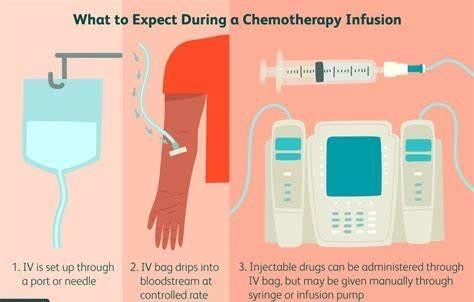The healthcare provider prescribes an oral medication to be given daily for 3 days. However, the medication was also given on the fourth day. Which intervention is most important for the charge nurse to implement?
Inform the pharmacist who dispensed the medication.
Evaluate the client for symptoms of a drug overdose.
Report the medication error to the nursing supervisor.
Review the medication transcription with the nurse.
The Correct Answer is B
Choice A Reason: This is not the first priority because it does not address the client's safety and well-being. The charge nurse should inform the pharmacist who dispensed the medication, but this can be done later.
Choice B Reason: This is the best action because it protects the client from harm and prevents further complications. The charge nurse should evaluate the client for symptoms of a drug overdose, such as nausea, vomiting, drowsiness, or respiratory depression, and administer antidotes or supportive measures if needed.
Choice C Reason: This is not the first priority because it does not provide immediate care to the client. The charge nurse should report the medication error to the nursing supervisor, but this can be done later.
Choice D Reason: This is not the first priority because it does not correct the mistake or prevent recurrence. The charge nurse should review the medication transcription with the nurse, but this can be done later.
Nursing Test Bank
Naxlex Comprehensive Predictor Exams
Related Questions
Correct Answer is C
Explanation
Choice A Reason: Instructing UAPs to transfer all non-ambulatory clients via wheelchairs is not a good intervention, as it may expose the clients and the UAPs to smoke and fire, and cause panic and congestion in the hallways. The charge nurse should follow the RACE protocol (Rescue, Alarm, Contain, Extinguish), which means rescuing only those clients who are in immediate danger, and containing the fire by closing doors and windows.
Choice B Reason: Instructing the nursing staff to evacuate ambulatory clients to the nearest fire exits is not a good intervention, as it may also expose the clients and the staff to smoke and fire, and interfere with the fire
department's efforts. The charge nurse should follow the RACE protocol, which means evacuating only as a last resort, and only after receiving instructions from the fire department.
Choice C Reason: Shutting all doors to client rooms and telling everyone to stay in their rooms until the fire
department arrives is the best intervention, as it follows the RACE protocol, which means containing the fire by closing doors and windows, and extinguishing it if possible with a fire extinguisher. This intervention also helps protect the clients and staff from smoke inhalation and fire spread, and allows the fire department to access and control the fire.
Choice D Reason: Announcing in a calm voice that all visitors should proceed immediately to the first floor via the service elevators is not a good intervention, as it may endanger the visitors and cause more damage. The charge nurse should follow the RACE protocol, which means alarming others by activating the fire alarm system and calling 911. The charge nurse should also instruct visitors not to use elevators during a fire, as they may malfunction or trap them inside.
Correct Answer is C
Explanation
Choice A Reason: Recording the patient's pulse volume distal to the IV site is a nursing assessment that requires clinical judgment and cannot be delegated to the UAP.
Choice B Reason: Reapplying cold compresses to the site of the extravasation is a nursing intervention that requires clinical judgment and cannot be delegated to the UAP.
Choice C Reason: Disposing of the IV tubing after the infusion is discontinued is a routine task that does not require clinical judgment and can be delegated to the UAP.
Choice D Reason: Teaching the patient about the need to keep the extremity elevated is a nursing intervention that requires clinical judgment and cannot be delegated to the UAP.

Whether you are a student looking to ace your exams or a practicing nurse seeking to enhance your expertise , our nursing education contents will empower you with the confidence and competence to make a difference in the lives of patients and become a respected leader in the healthcare field.
Visit Naxlex, invest in your future and unlock endless possibilities with our unparalleled nursing education contents today
Report Wrong Answer on the Current Question
Do you disagree with the answer? If yes, what is your expected answer? Explain.
Kindly be descriptive with the issue you are facing.
